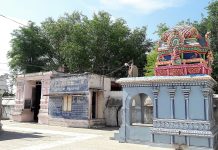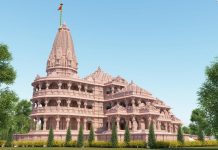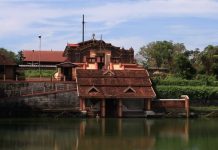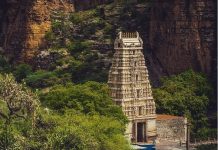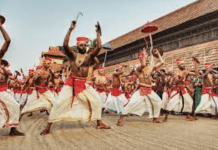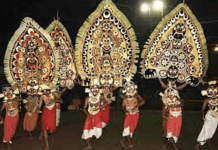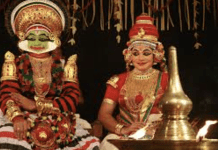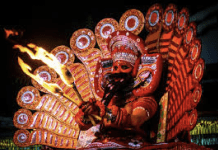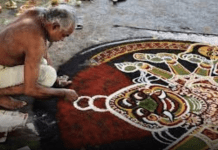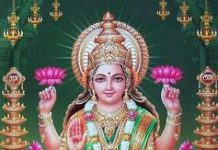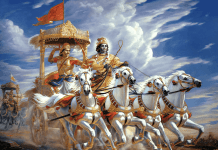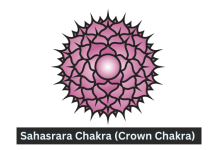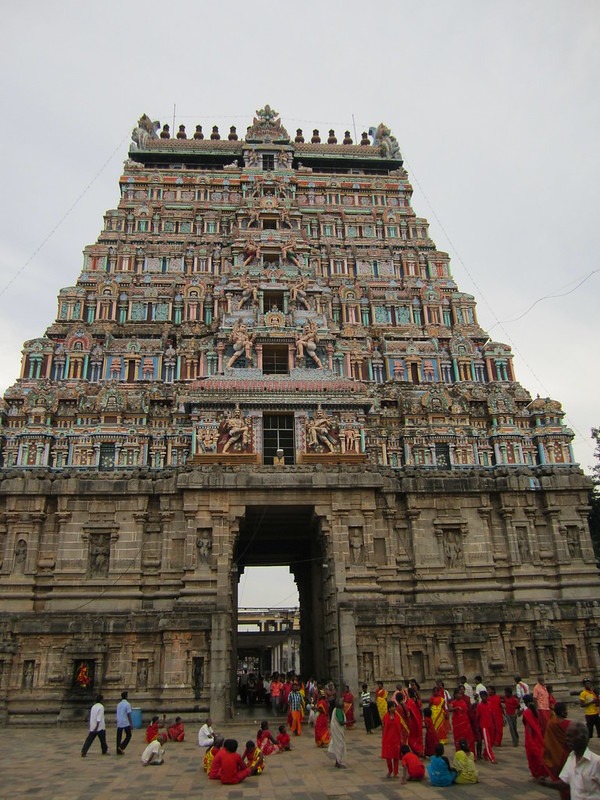
Thillai Nataraja temple, also called as Nataraja Temple or Chidambaram Nataraja temple dedicated to Lord Shiva in the form of Nataraja or the cosmic dancer. Situated at Chidambaram in the Tamil Nadu state, it is one of the most ancient temples known for both, religious and architectural significance. The Nataraja Temple is also one of the ‘Pancha Bootha Sthalams‘ with each one dedicated to five elements of universe – earth, air, water, fire and space; this temple signifies the fifth element, space.
The Legend of Nataraja Temple
According to the 12th-century text Chidambara-mahatmya, Shiva visits sages in the mythical Pine Forest in the form of a beggar accompanied by Mohini, none other than Vishnu in the avatar of a beautiful woman. Mohini triggers lustful interest of the sages, while Shiva performs Tandava dance that triggers the carnal interest of the wives of these sages. The sages ultimately realise how superficial their austerities have been. The episode becomes widely known. Two sages named Patanjali (also called Sesha-bodied in the south for his connection to Vishnu) and Vyaghrapada (also called Tiger-footed sage) want to see the repeat performance of this “dance of bliss” in the Thaillai forest, Chidambaram. They set up a Shivalinga, pray, meditate and wait. Their asceticism impresses Shiva who appeared before them in Chidambaram and performed “the dance” against “the wall, in the blessed hall of consciousness”. This is how this temple started, according to the mahatmya embedded in the Tamil Sthalapurana.
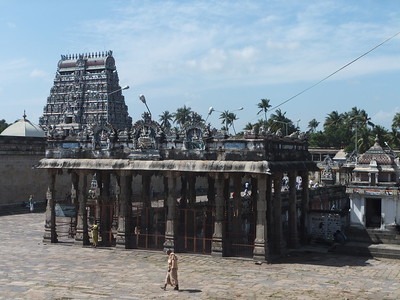
The History of Nataraja Temple
The temple is believed to have been built during the time of Pallava rule in 11th century and further renovations were made during Cholas, Pandyas and Vijayanagara reign. The place where the temple sits is believed to be the centre of earth’s magnetic field. The main sanctum known as Chitsabha, houses the deity of Nataraja and Sivakamasundri (Nataraja’s consort). The roof of Chitsabha is made of gold and is believed to have been built during the Chola rule. The temple also has a shrine for Sivakamasundri known as the Sivakami Amman Temple and a 1000 pillared hall designed in the form of a chariot. Dating back to the Chola period, the temple and the hall are adorned with figures of dancers, drummers and musicians on the walls. The lofty gopurams of the temple ornamented with carvings of Hindu gods, various manifestations of Lord Shiva and dancers representing 108 postures of Bharatnatyam, are also a sight to behold.
Festivals
A whole year for men is said to be a single day for the gods. Just as six poojas are performed in a day at the sanctum sanctorum, six anointing ceremonies are performed for the principal deity – Nataraja in a year.
- First puja: Marghazhi Thiruvaadhirai (in December – January )
- Second puja: the fourteenth day after the new moon (Chaturdashi) of the month of Masi (February – March)
- Third puja or uchikalam: the Chittirai Thiruvonam (in April- May)
- Fourth puja: the Uthiram of Aani (June–July) also called the Aani Thirumanjanam indicating the evening puja
- Fifth puja: the chaturdasi of Aavani (August – September)
- Sixth puja or Arthajama: the chaturdasi of the month of Puratasi (October – November)
The Marghazhi Thiruvaadhirai (in December – January) and the Aani Thirumanjanam (in June – July ) are the most important.
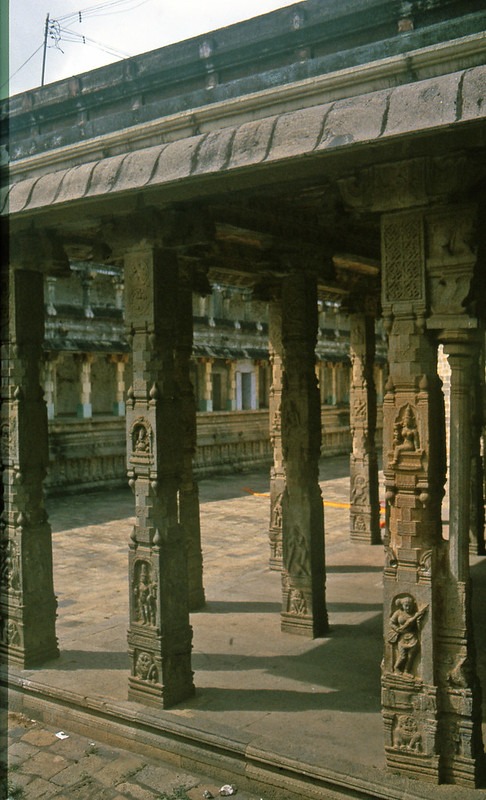
Temple timings:
Temple is opened everyday for Puja and Darshan.
Morning: 6:00 AM to 12:00 PM
Evening: 5:00 PM to 10:00 PM
How to reach the temple?
By Air:
The nearest airport Pondicherry is about 60 kilometers from Chidambaram. The Chidambaram area is well connected by bus and taxis from these places.
By Rail:
Chidambaram is well connected to Pondicherry, Trichy and other major cities of Tamil Nadu via local trains.
By Road:
Frequent bus services are available from Andhra Pradesh, Karnataka, and Tamil Nadu to Chidambaram. Locally auto rickshaw is the best mode of transport.

